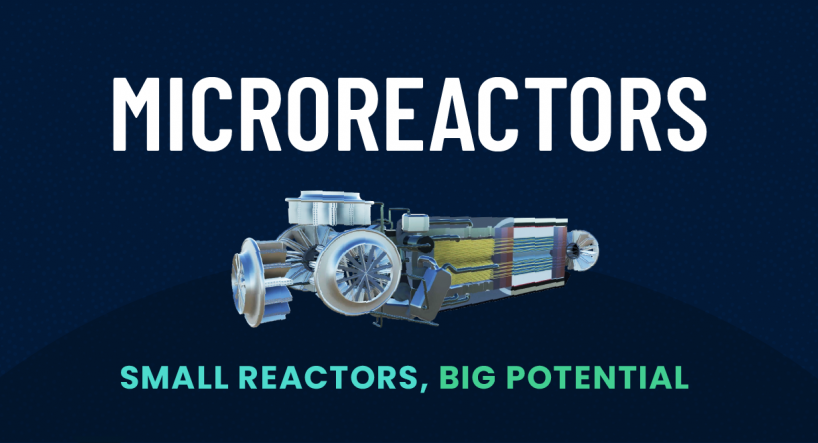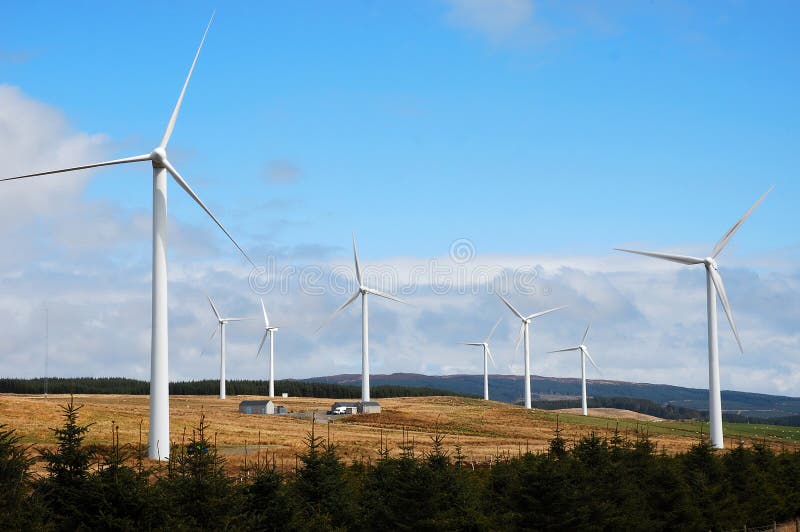

Climate change and air pollution pose serious threats. Climate change effects, such as sea level rise and longer, more intense heat waves, are now occurring. In California, while significant progress has been made, too many communities continue to experience asthma and other air quality-related health issues.
Our utility, Southern California Edison, has developed an integrated framework that we’re calling the Clean Power and Electrification Pathway to fight climate change and improve air quality. It builds upon existing state policies to achieve California’s environmental goals, including reducing greenhouse gas (GHG) emissions by 40 percent from 1990 levels by 2030 and by 80 percent by 2050, as well as reducing nitrogen oxides (NOx) and other health-harming pollutants in areas of the state with the highest levels of air pollution by 2032.
Using existing technologies, the Pathway calls for an electric grid with more carbon-free energy, which is used to clean other sectors of the economy. As the electric supply becomes cleaner, so do these other sectors, ensuring an efficient and affordable transformation that will generate good-paying jobs.
The Clean Power and Electrification Pathway:
Realizing California’s Environmental Goals
This paper presents Southern California Edison’s integrated blueprint for California to reduce greenhouse gas emissions and air pollutants. Realizing the blueprint will reduce the threat of climate change and improve public health related to air quality. It is a systematic approach and each measure is integrated with — and depends upon — the success of the others. To be successful, California must approach implementation as an integrated package, applying resources across the board where most effective.

California is a global leader in addressing climate change and we will enable those efforts by leading the transformation of the electric industry to better serve our customers, protect the environment and improve public health.”
– Pedro J. Pizarro, President and CEO, Edison International
How to Fight Climate Change:
Today
The electric sector has already reduced climate change emissions by 24 percent and now accounts for only 19 percent of California’s total.
2030
Let’s add more renewables to double the amount of carbon-free electricity supplied by the grid to 80%.
Benefits
We will reduce climate change emissions by 56 million metric tons.

Today
The transportation sector, including passenger vehicles and goods movement, is the largest source of climate change emissions and local air pollution in California, contributing 80 percent of all smog-forming NOx emissions.
2030
Let’s replace more than 7 million gasoline cars with electric vehicles – and electrify buses and trucks, too.
Benefits
We will reduce climate change emissions by 58 million metric tons AND improve air quality, especially in vulnerable communities along transportation corridors.

Today
Space and water heating currently accounts for more than two-thirds of the climate change emissions from residential and commercial buildings.
2030
Let’s use highly efficient, electric-powered options for space and water heating in nearly a third of our buildings.
Benefits
We will reduce climate change emissions by 12 million metric tons.



